Key Jesus question finally answered with ancient discovery
A remarkable and “signficant” find from 1800 years ago has answered a huge question many of us have pondered about Jesus.
“The god-loving Akeptous has offered the table to God Jesus Christ as a memorial”.
These small, black Greek characters embedded in the face of an 1800-year-old mosaic seem innocent enough.
But the epitaph evokes a dispute from the 12 Apostles’ ministries: How did Jesus become a god? And they have inflamed a modern one: Should archaeology be co-opted for ideological purposes instead of historical context?
The Megiddo Mosaic was first found almost 20 years ago beneath a prison used to house Palestinian detainees in Israel’s Jezreel Valley. It stands a few hundred metres from the ancient city of Meggido – the prophesied site of Armageddon, the final battle in which Jesus Christ returns to destroy the world and create a new one.
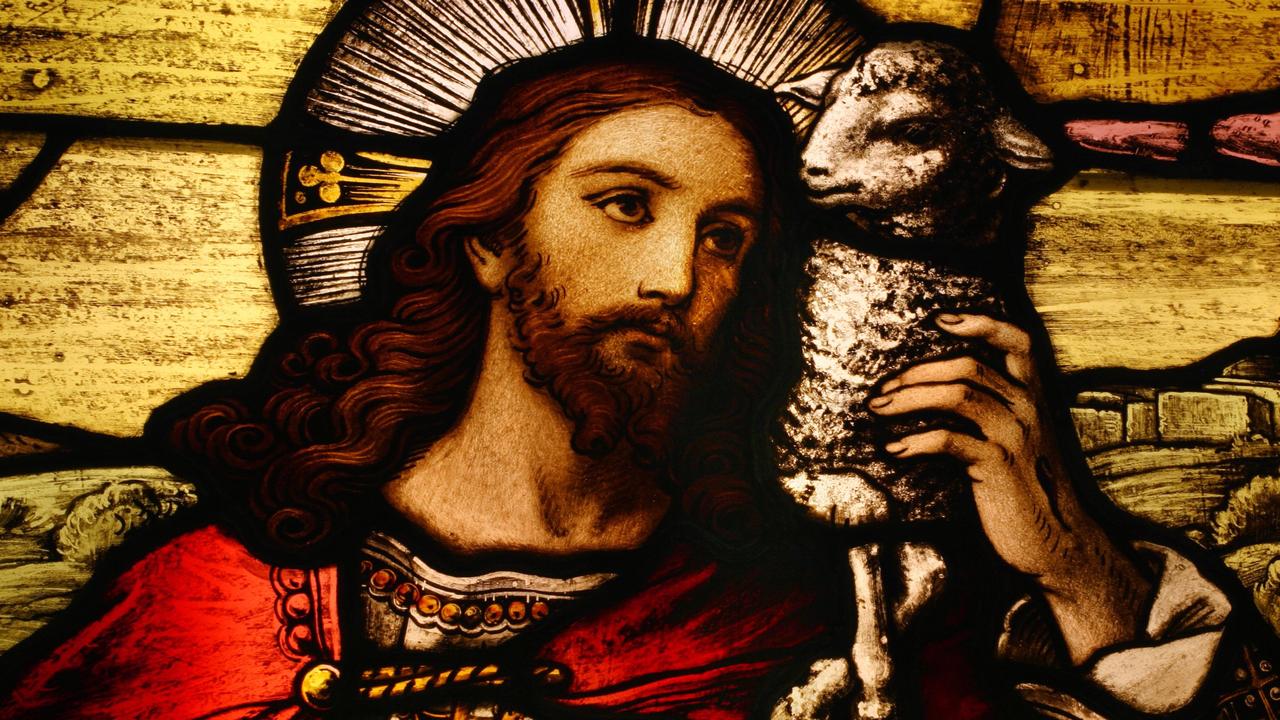
The historically significant mosaic has now been broken into a dozen pieces and shipped across the Atlantic as a loan to the controversial Museum of the Bible in Washington, DC.
It’s being touted as a sign of the strong ties between Israel’s far-right government and the US fundamentalist evangelical movement. It’s a significant source of political support, tourism and donations for the embattled Middle Eastern state.
But the mosaic comes from an era of immense dispute among fledgling Christian sects. The followers of different apostles scattered across the Mediterranean had dramatically differing ideas. And the process of reconciliation and homogenisation would not begin for another century.
Was Jesus a reformist Jewish rabbi? His teachings were, after all, centred on Deuteronomy 6 and Leviticus 19.
Was he a revolutionary zealot seeking the crown of Israel? His followers, after all, took up the sword after he was arrested for claiming to be king.
Was he a Cynic philosopher? He did, after all, emphasise living a spiritual life and casting aside the pursuit of physical wealth.
Was he a social activist? He did, after all, elevate women to a status far higher than his Jewish heritage dictated.
Was he an apocalyptic prophet? He preached that the Jewish God was set to intervene, and that the Son of Man would come within the lifetime of his followers to establish a New Kingdom of Heaven on Earth.
However, the Gospels of Matthew, Mark, Luke and John do not portray his followers as believing him to be divine – at least, not until after he had died.
So, how did Jesus become God?
It’s a controversial question at the heart of Christianity and Western civilisation.
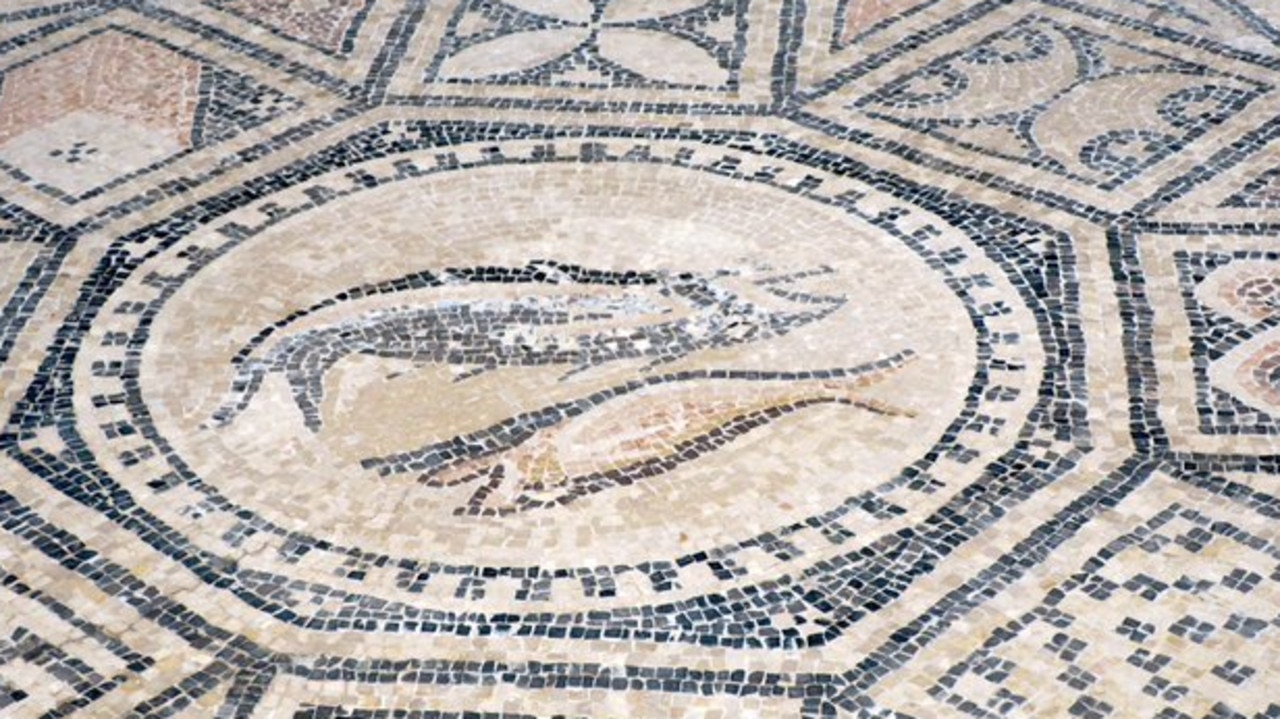
Writ in stone
“The Megiddo mosaic represents the most significant archaeological find since the Dead Sea scrolls,” Museum of the Bible CEO Carlos Campo proclaimed at its recent opening ceremony.
“This mosaic is the earliest known house of prayer and the first physical proclamation of Jesus Christ as God. For billions worldwide, it’s not merely an artefact but a tangible link to shared history, tradition and faith.”
The mosaic has been dated to about 230AD, almost two centuries after Jesus’ crucifixion.
It’s a large geometrically patterned design forming the basis of the earliest known Christian prayer hall.
It includes an illustration of two fish – reinforcing the symbol as an early icon of the Christian religion.
But the handful of Greek inscriptions raises more questions than they answer.
Why so many women?
The name Akeptous appears to belong to a woman who paid for the altar in the prayer hall. Another is dedicated to the memory of four unknown women – Frimilia, Kiriaka, Dorothea and Karasta.
Why so many pagans?
One tribute is dedicated to a Roman army officer named Gaianos, who contributed to the cost of the mosaic itself. And the mosaic names the Roman artist who created it – Brutius.
The village in which it was found appears to have been established alongside a Roman Legion encampment during the first century AD. It fell into disuse 300 years later.
The prayer hall remained significant to the local community right up until the time it was demolished. Excavators found roofing tiles and large sections of wall plaster carefully placed over the top of the mosaic to protect it.
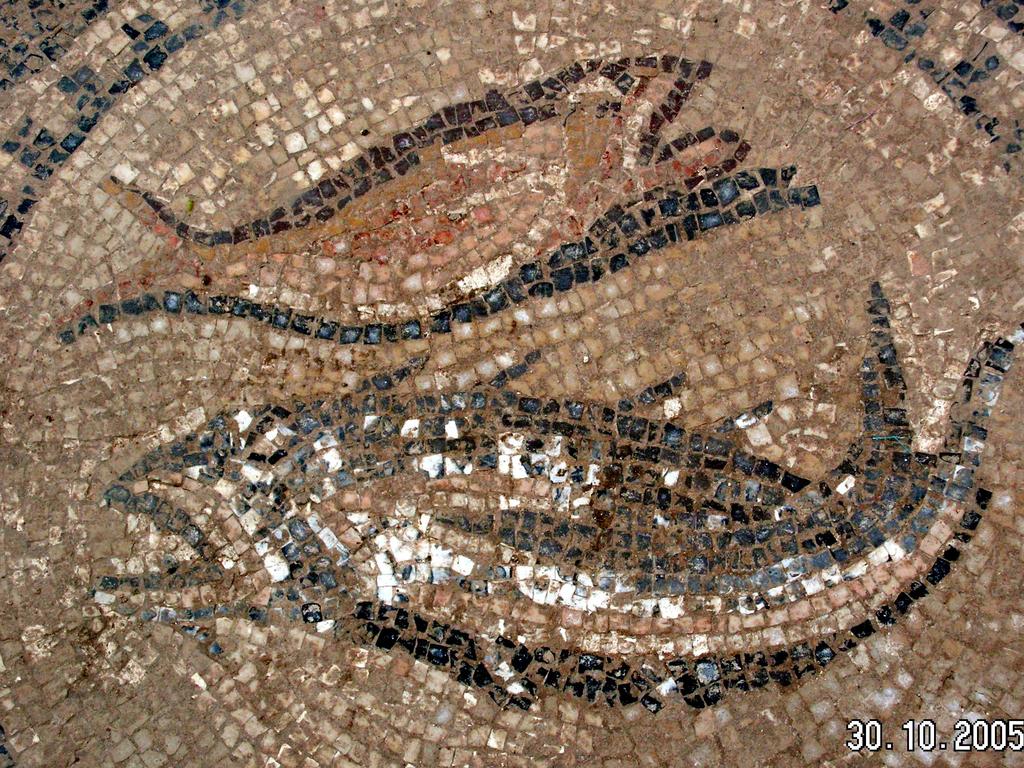
Before God was great
“There was an early Christian community here way before Christianity became the official religion,” says excavation leader Dr Yotam Tepper.
“Through the excavations, we learned about all the connections between Samaritans, Jews, pagans, Christians, soldiers and civilians: It is a microcosm.”
What has historians and theologians excited is that the mosaic gives Jesus a title – “god”.
The epitaph speaks to the questions at the heart of the fractured Christian church: How did Jesus become God?
“Jesus of Nazareth was a Jewish preacher who proclaimed that god’s kingdom was soon to come to Earth,” argues New Testament historian Professor Bart Ehrman.
“This is found through all our early traditions about Jesus and is not debated by scholars. This is something that Jesus proclaimed.”
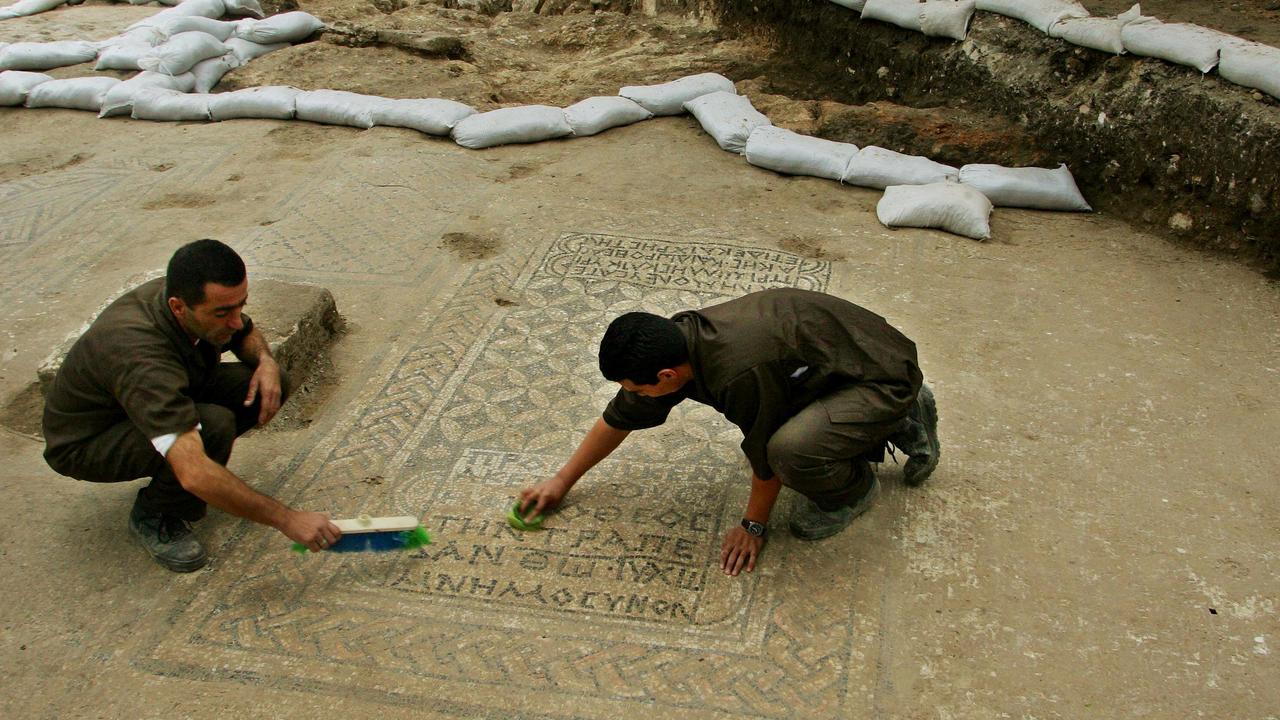
Jesus was an Aramaic-speaking Jewish peasant from Galilee. So were most of his followers.
“During Jesus’ ministry, these followers had no sense at all that he was planning on starting a new religion,” Professor Ehrman argues.
“In their view, he was giving them the true and correct understanding of their own religion – Judaism.”
But their hopes of expelling the pagan Roman Empire and establishing a new Jewish kingdom of Israel died on the cross with Jesus.
It took several decades for their beliefs to be written down.
The Gospels of Mathew, Mark, Luke and John were written by anonymous authors in Greek. Mark is believed to have been compiled about 65AD and John about 95AD. The letters of the Apostle Paul, who never met the living Jesus, are generally understood to have been written about 50AD to 60AD.
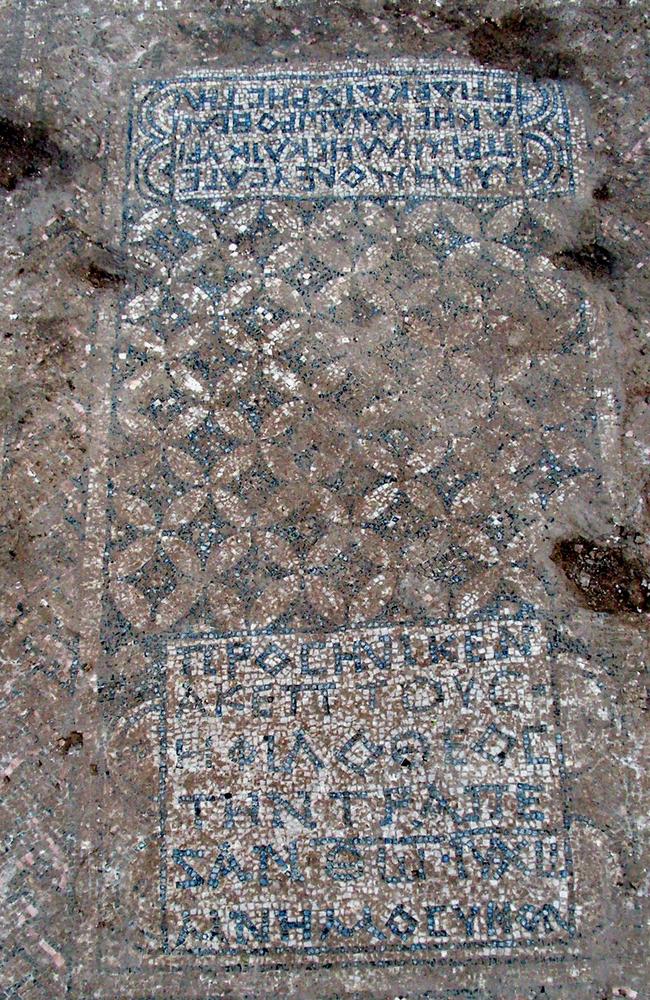
Who is this god person anyway?
“In the second and third Christian centuries, there were enormous differences in the views on God himself,” says Ehrman.
“Including such things as – how many gods are there? Is the God of the Old Testament the God of the new testament? Isn’t the Old Testament God a god of wrath? Isn’t the New Testament God a god of love? In that case, aren’t there two different gods?”
But the concept of Jesus as God acted as a three-way bridge between Judaism, paganism and Christianity.
“If Jesus had never come to be considered god, the followers of Jesus would have remained within their Jewish communities as Jews who thought that their now dead teacher was the one who gave them true insight into what their religion both was and was supposed to be,” Ehrman states.
“But since they began to think that Jesus was more than human, their message began to appeal to outsiders. To non-Jews.”

This idea was embraced by the Apostle Paul, who was struck with a vision of Jesus while walking under a hot sun on a dusty road to Damascus more than a decade after the great teacher had died.
However, the disagreements between the followers of the Apostles Paul and Peter and other early Christian missionaries would linger until after the conversion of the Roman Emperor Constantine in the early 4th century.
He ordered the Christian church to sort itself out. So, a series of conferences drew preachers together from across the known world.
The most famous of these resulted in the Nicene Creed in 325AD – a century after the mosaic was laid.
It confirmed Jesus was God.
“If Jesus had remained a crucified Jew and had not become God, then Christianity would not have grown exponentially over the years,” argues Professor Ehrman.
“Millions of people would not have converted. The Roman emperor himself would not have converted. And Christianity would not have become the religion of Rome, so that it would eventually become the religion of the West.”
Jamie Seidel is a freelance writer | @JamieSeidel
Originally published as Key Jesus question finally answered with ancient discovery





